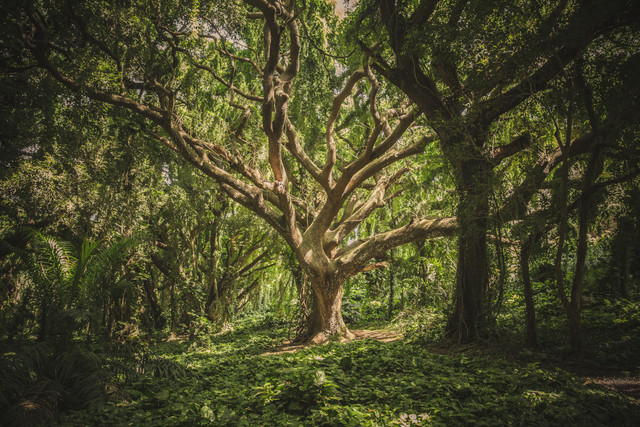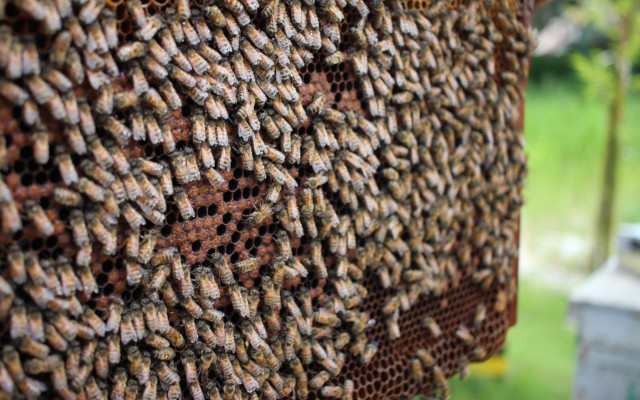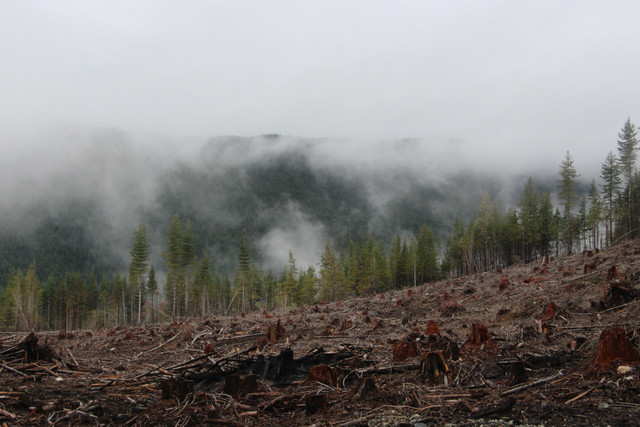Some consider the Gaia hypothesis mere spiritual speculation – for others, it’s key to understanding life on Earth. Here’s the truth about the Gaia theory.
In Greek mythology, Gaia was one of the oldest goddesses of all, the personification of the Earth itself. Thousands of years later, James Lovelock – a biochemist whose environmental work began in the 1970s – had a groundbreaking idea. He proposed we think of the Earth as a living being, a vast superorganism. Lovelock and his colleague, the microbiologist Lynn Margulis, named this theory the Gaia hypothesis.
The Gaia Hypothesis: The Scientific Evidence

The two scientists established that certain parameters on Earth have remained stable for hundreds of millions of years, including:
- oxygen levels in the atmosphere
- the salinity of the oceans
- the surface temperature of the Earth
Lovelock and Margulis concluded that, to maintain this balance, all of Earth’s organic and inorganic constituents must be linked. This interconnectedness is sufficient, they argued, to consider the Earth itself to be a self-regulating organism. Its lifeforms don’t just adapt to the prevailing conditions on Earth – they actually drive and determine those conditions. The regulatory mechanisms involved are similar to those at work in the human body, for example.
Welcome to Daisyworld



To demonstrate the scientific validity of the Gaia hypothesis, Lovelock developed a computer model which he called Daisyworld. The Daisyworld model shows, for example, how a planet’s inhabitants can work to stabilize its temperature, even as the intensity of its sun steadily increases.
Daisyworld is a planet similar to Earth, with a heat source – a sun – just like ours. However, Daisyworld has only two lifeforms: black daisies and white daisies. Initially, the sun’s light is faint, and only the black daisies can survive. They are better suited to lower temperatures, because their darker color reflects less light, and they are able to absorb more sunlight.
As the black daisies absorb the sunlight, the planet itself slowly heats up. As it gets warmer, however, the population of white daisies increases. Their lighter color gives them an advantage at higher temperatures because it doesn’t absorb unnecessary heat. White daisies, consequently, tend to cool the planet, because they reflect more sunlight back into space.
The resulting negative feedback loop between the two species of daisies means that the temperature on the planet remains relatively constant, even as the intensity of the sun increases. Daisyworld is thus an example of a self-regulating system. This simple planet can sustain a balanced biosphere for eons, until the sun itself eventually becomes too hot.
How Our Biosphere Influences the Climate



Of course, our Earth is far more complex than Daisyworld. There are countless real-life feedback loops which show how the biosphere affects the climate:
- Warmer temperatures encourage the growth of algae. They produce sulfur compounds that help clouds to form in the Earth’s atmosphere. The clouds reflect some of the incoming sunlight and, in turn, cool the Earth.
- Oceans receive a constant supply of minerals from rivers and hydrothermal vents on the ocean floor. Nevertheless, the salinity of the oceans remains constant. This is due, on the one hand, to the fact that minerals are constantly deposited back onto the ocean floor. However, there are also microorganisms which actively extract minerals from the seawater.
- Through photosynthesis, plants consume CO2, which helps to regulate the atmosphere’s temperature via the greenhouse effect. If CO2 levels – and thus temperatures – increase, more plants are able to grow in regions further from the equator. However, more plants also consume more CO2. Consequently, CO2 levels in the atmosphere decrease, and temperatures fall again.
However, these examples are only a tiny fraction of the incredibly complex ecological relationships on our planet. Is there enough evidence to confirm the Gaia hypothesis?
The Gaia Hypothesis: Criticism and Consensus



The Gaia hypothesis continues to be popular in more spiritual circles, but there is little scientific consensus on its validity. One reason is simply that the Earth is so complex, and the Gaia theory so broad, that it’s virtually impossible to definitively prove or disprove the hypothesis.
This is the main reason that criticism of the concept is so widespread. The scientific arguments against the Gaia hypothesis are well summed-up in Toby Tyrell’s book On Gaia: A Critical Investigation of the Relationship between Life and Earth. Examining evidence from fields such as geology, biology, and oceanography (to name but a few!), he concludes that the feedback loops which are undeniably present in our biosphere are not sufficient to reliably and eternally stabilize habitable conditions on Earth. “My aim was to determine whether the Gaia hypothesis is a credible explanation of how life and environment interact on Earth – I found it is not.” The book – which is actually a readable, accessible introduction to the evolution of life on Earth – instead proposes co-evolution as a more valid theory. It is available in many book shops and on Amazon**.
Nevertheless, the Gaia hypothesis is undeniably useful as a metaphor to raise awareness for the interconnectedness of all lifeforms. It may be a stretch, scientifically speaking, to describe the Earth as a superorganism like a colony of bees. But we are only beginning to realize the true importance of biodiversity for the climate and for humanity’s own survival. From this perspective, the Gaia hypothesis is more relevant than ever.
The Gaia Theory Is Not an Excuse for Climate Change Denial



In the face of epochal, life-threatening climate change, we might find the Gaia hypothesis reassuring. If the Earth is self-regulating, like a living thing, surely everything will balance out eventually? But even if the Gaia theory is true: Living things can get sick. James Lovelock himself admitted this over ten years ago. In his 2009 book The Vanishing Face of Gaia: A Final Warning, he proposes that “Gaia’s illness could be called polyanthroponemia, where humans overpopulate until they do more harm than good.” This seems less a theory and more a sad statement of fact.
As we all know, humans continue to disrupt the Earth’s own regulatory mechanisms. By clearing forests, for instance, we prevent them from compensating for increasing atmospheric CO2 levels. There are numerous ecological tipping points in the Earth’s biosphere. When these are exceeded, irreversible changes are set in motion. For example, as the climate warms, permafrost increasingly thaws, releasing CO2 and methane. The resulting greenhouse effect warms the Earth further, so more permafrost thaws, and the cycle continues.
And even if the Earth as a whole is self-sustaining, that doesn’t necessarily mean that every single species will survive. Some scientists are already warning of the imminent extinction of mankind. We will have to change ourselves to save the planet – because the planet isn’t going to save us.
This article was adapted and translated from German to English by Will Tayler. You can read the original here: Gaia-Hypothese: Einfach und verständlich für Laien erklärt
** Links to retailers marked with ** or underlined orange are partially partner links: If you buy here, you actively support Utopia.org, because we will receive a small part of the sales proceeds. More info.Do you like this post?






